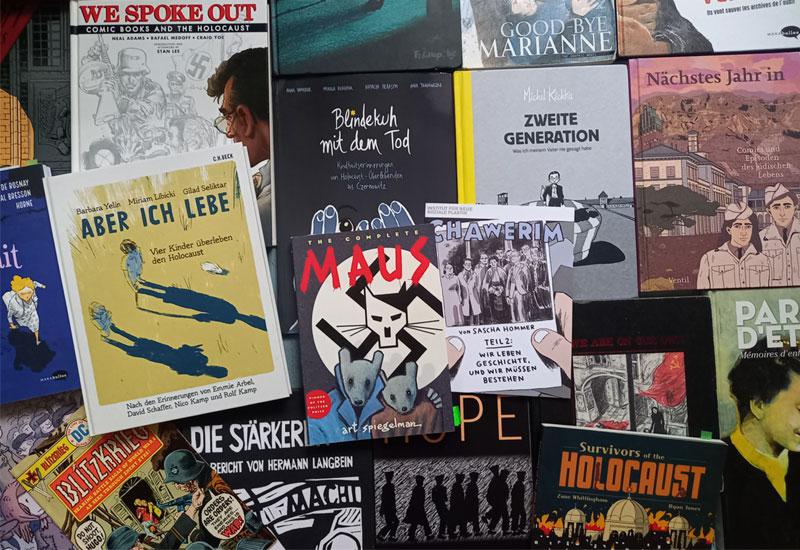
With the critically acclaimed publication
of Art Spiegelman’s two-volume graphic narrative Maus (1986, 1991), comics all of a sudden became recognized as a
medium suitable to the depiction of the Shoah – the mass extermination of
European Jews during by the Nazis. But Maus
was not the first comic to take such a “risk of representation” (Hillary
Chute), and it certainly was not the last comic to do so. In this course, we
will study graphic depictions of the Shoah from the 1950s until today. Taking Maus as a starting point and creating a
toolbox of theories, concepts, and methods for studying comics (trauma theory,
cultural memory, multimodal/intermedial narration, comics analysis), we will
examine early works such as Bernie Krigstein’s “Master Race” (1955) and
superhero comics on the Holocaust (Captain America, X-Men/Magneto) as well as
recent graphic narratives like Ari Folman and David Polonsky’s Anne Frank’s Diary: The Graphic Adaptation
(2018) and Salva Rubio and Loreto Aroca’s The
Librarian of Auschwitz (2023). We
will also pursue a transnational approach and spend some time analyzing German
publications, such as Barbara Yelin’s Emmie
Arbel: Die Farbe der Erinnerung (2023), Reinhard Kleist’s Der Boxer: Die wahre Geschichte des Hertzko
Haft (2012), Nora Krug’s Heimat,
and Bianca Schaalburg’s Der Duft der
Kiefern (2021).
This seminar is part of the three-semester project „Learning about the Shoah Through Narrative Art and Visual Storytelling” – Transnational Memory in Graphic Literature, organized in conjunction with Jana Mikota (Germanistik) and Jens Aspelmeier (ZfsL). You are welcome to attend all other activities and events offered through the project. In this winter semester 2024/25, this includes the Ringvorlesung „Learning about the Shoah Through Narrative Art and Visual Storytelling“– Transnationale Erinnerung in der grafischen Literatur (Tuesdays, 18:15-19:45, hybrid).
- Dozent/in: Daniel Stein